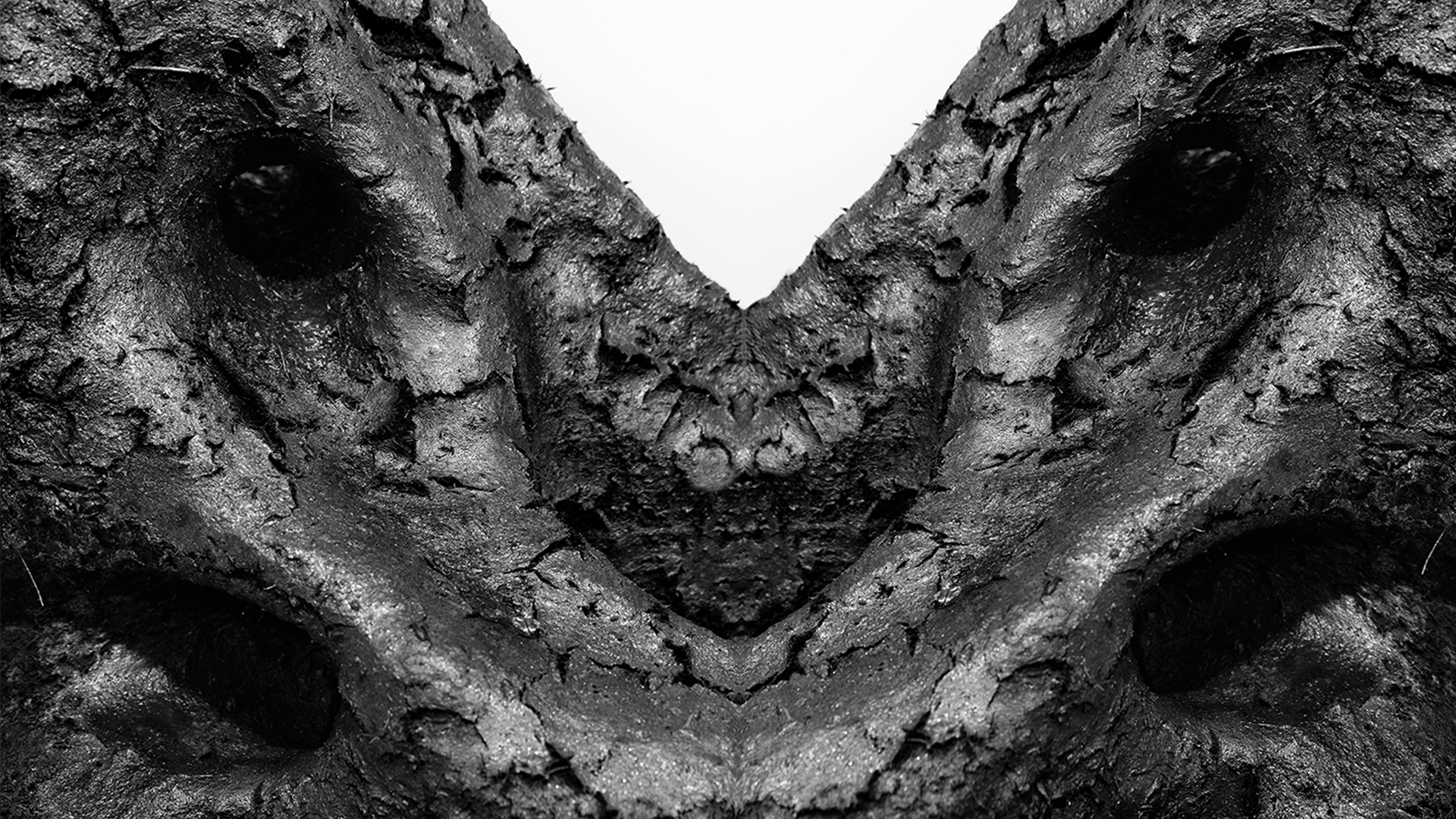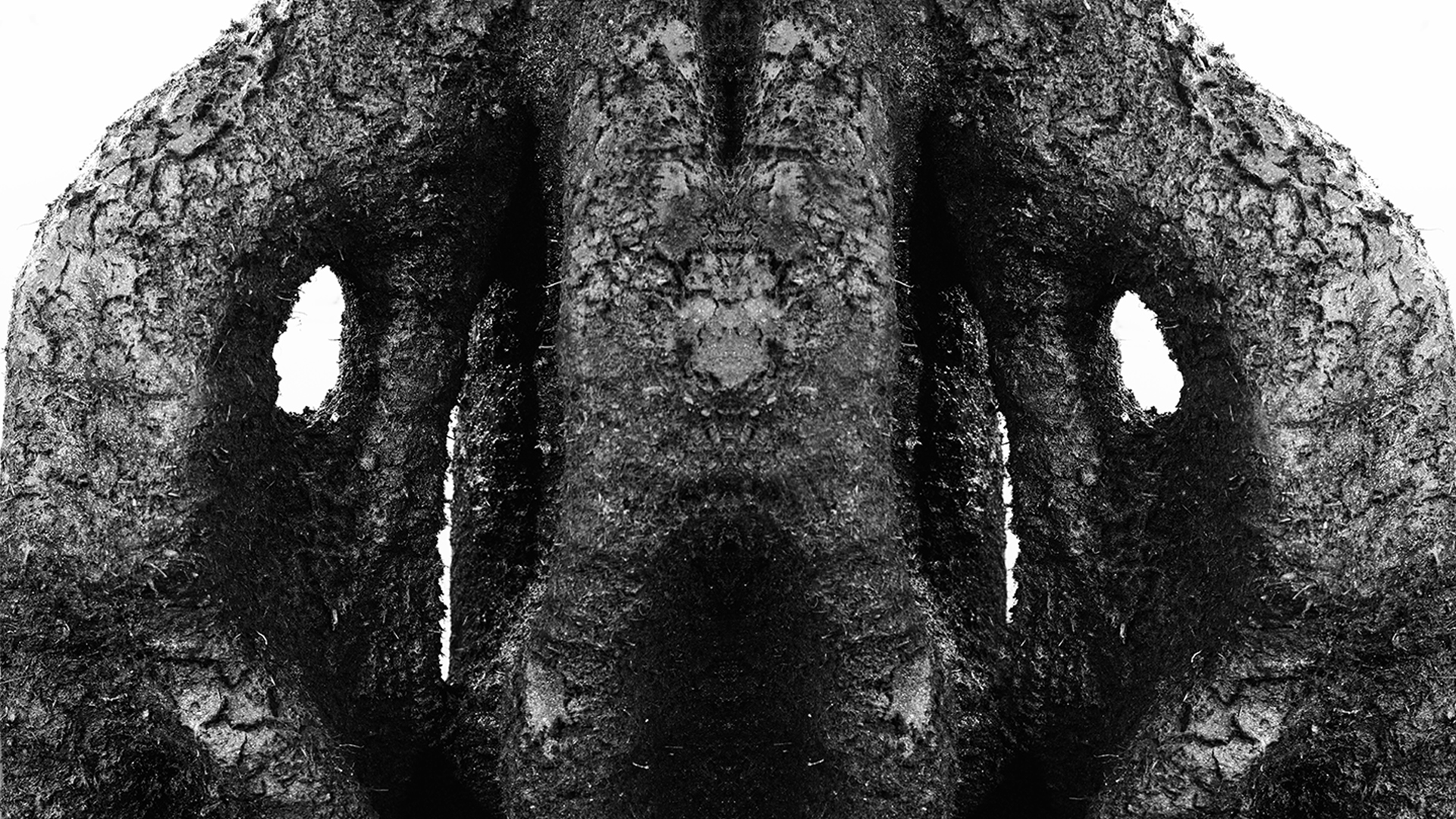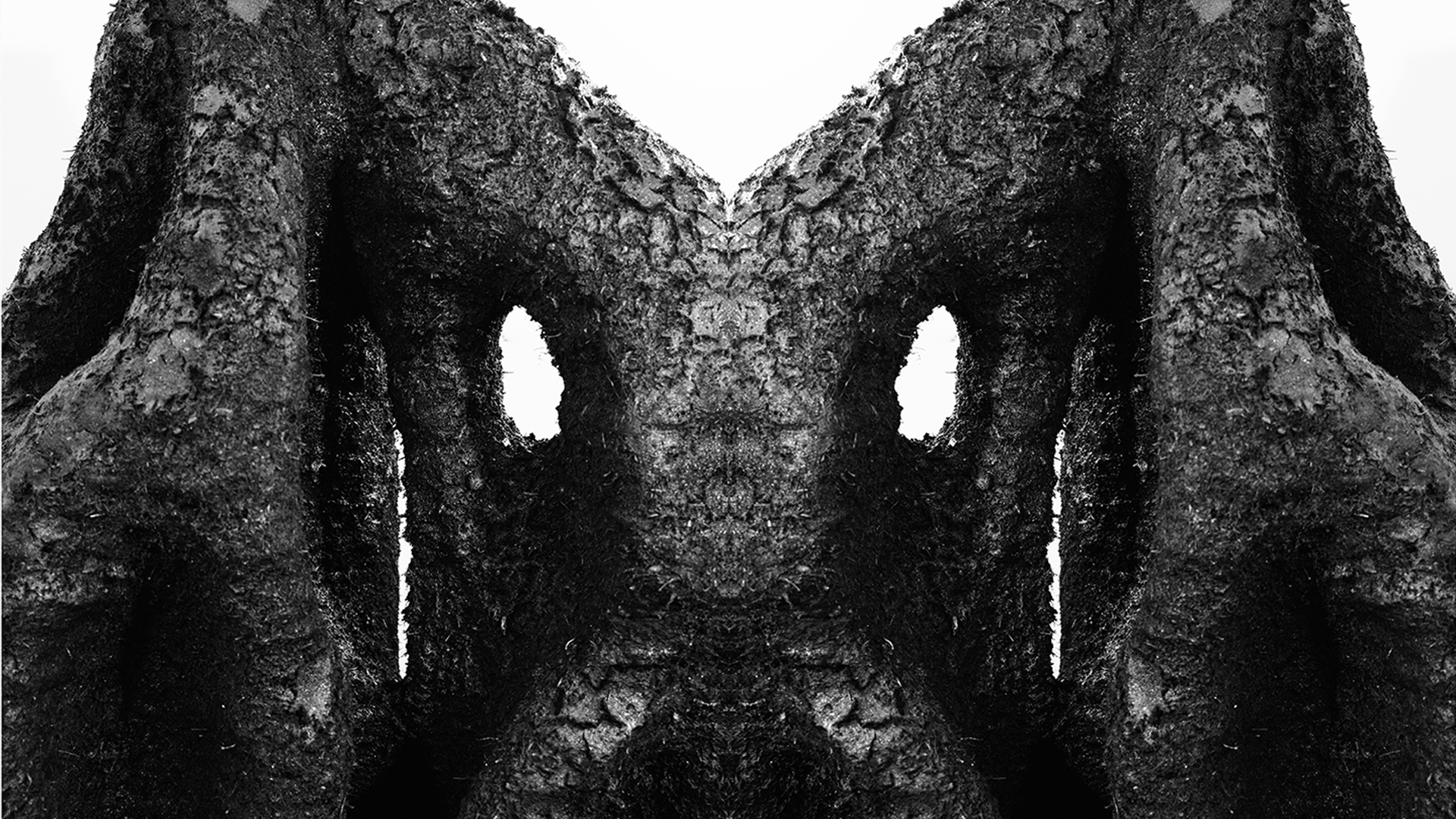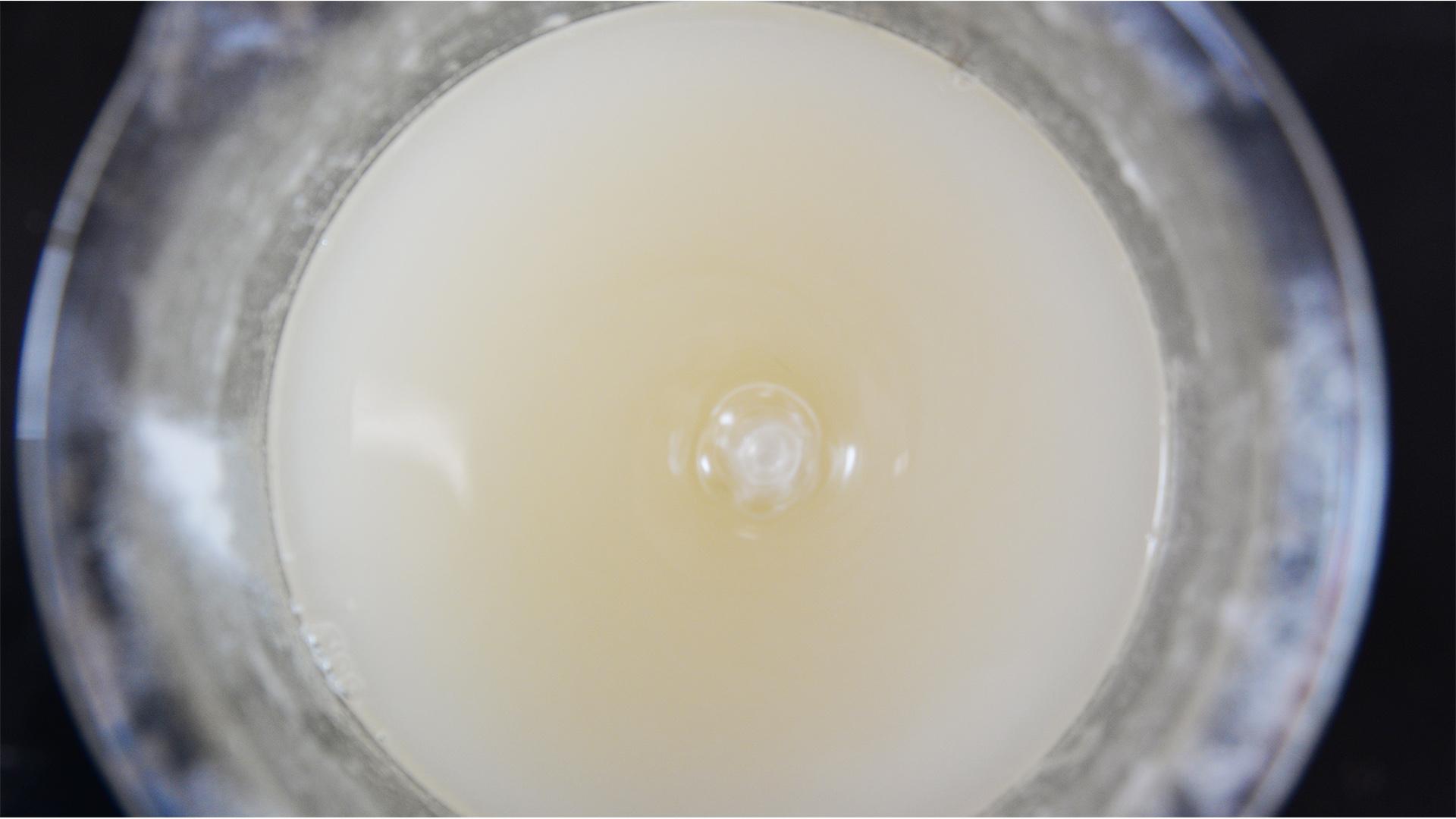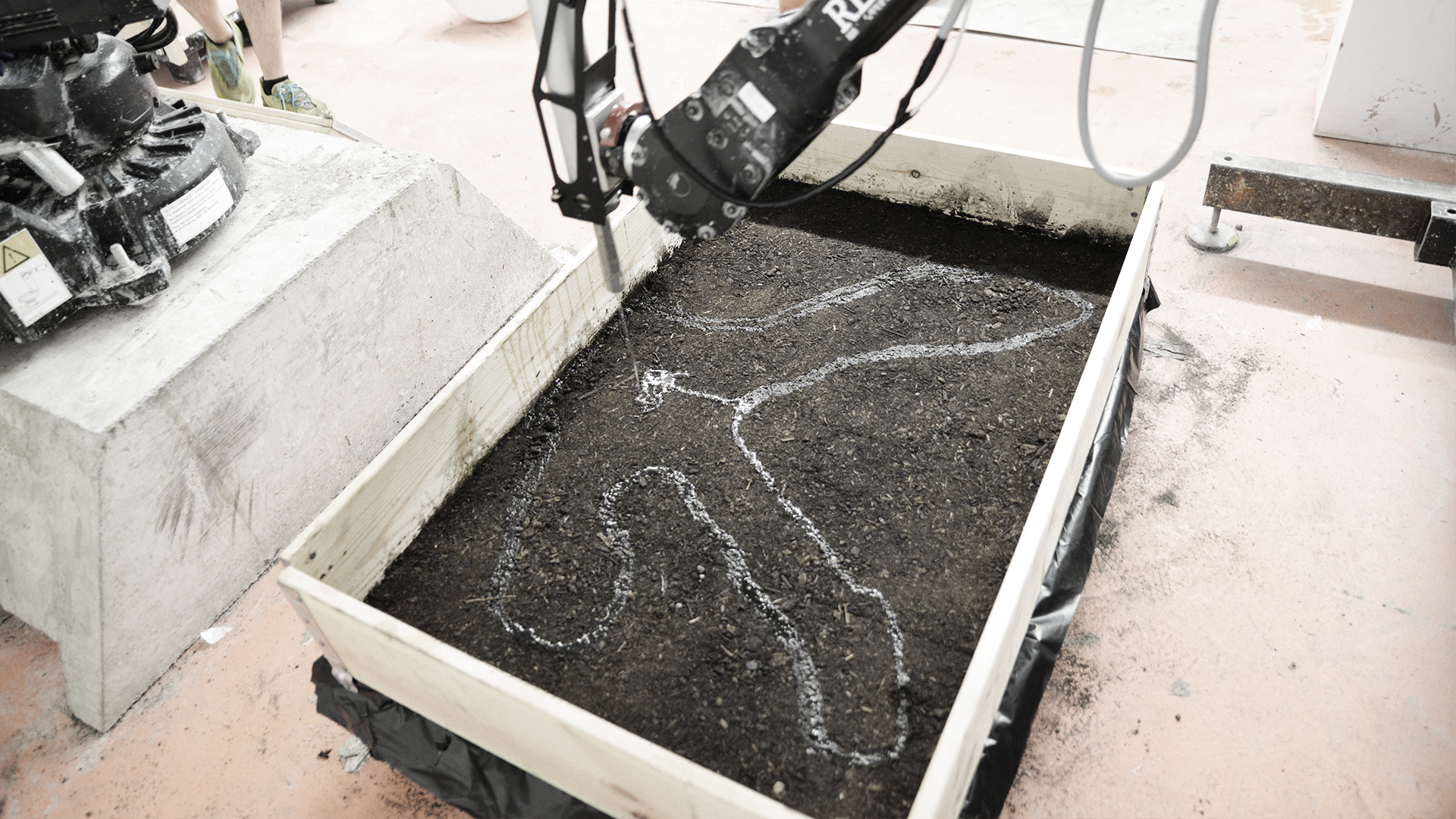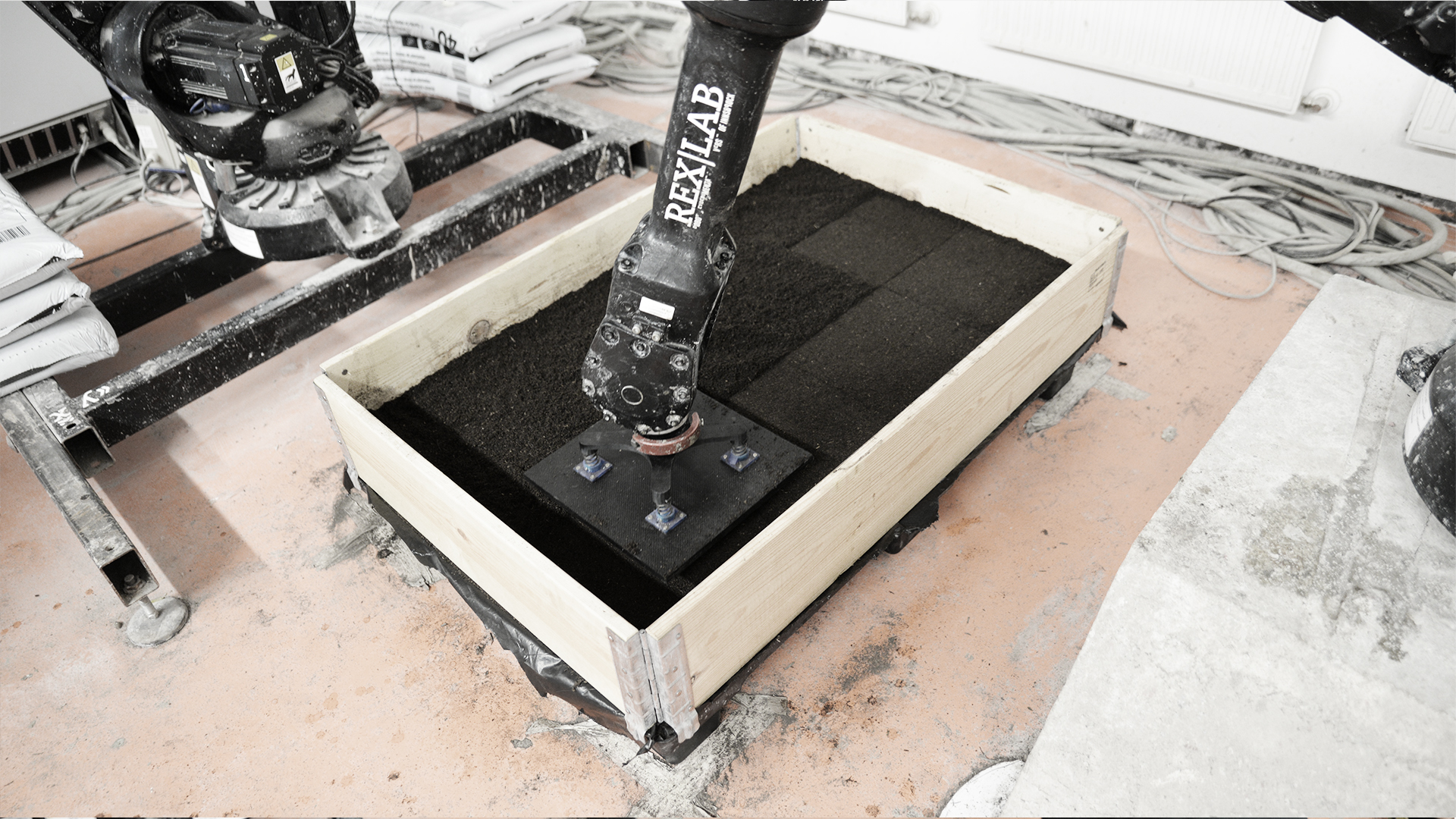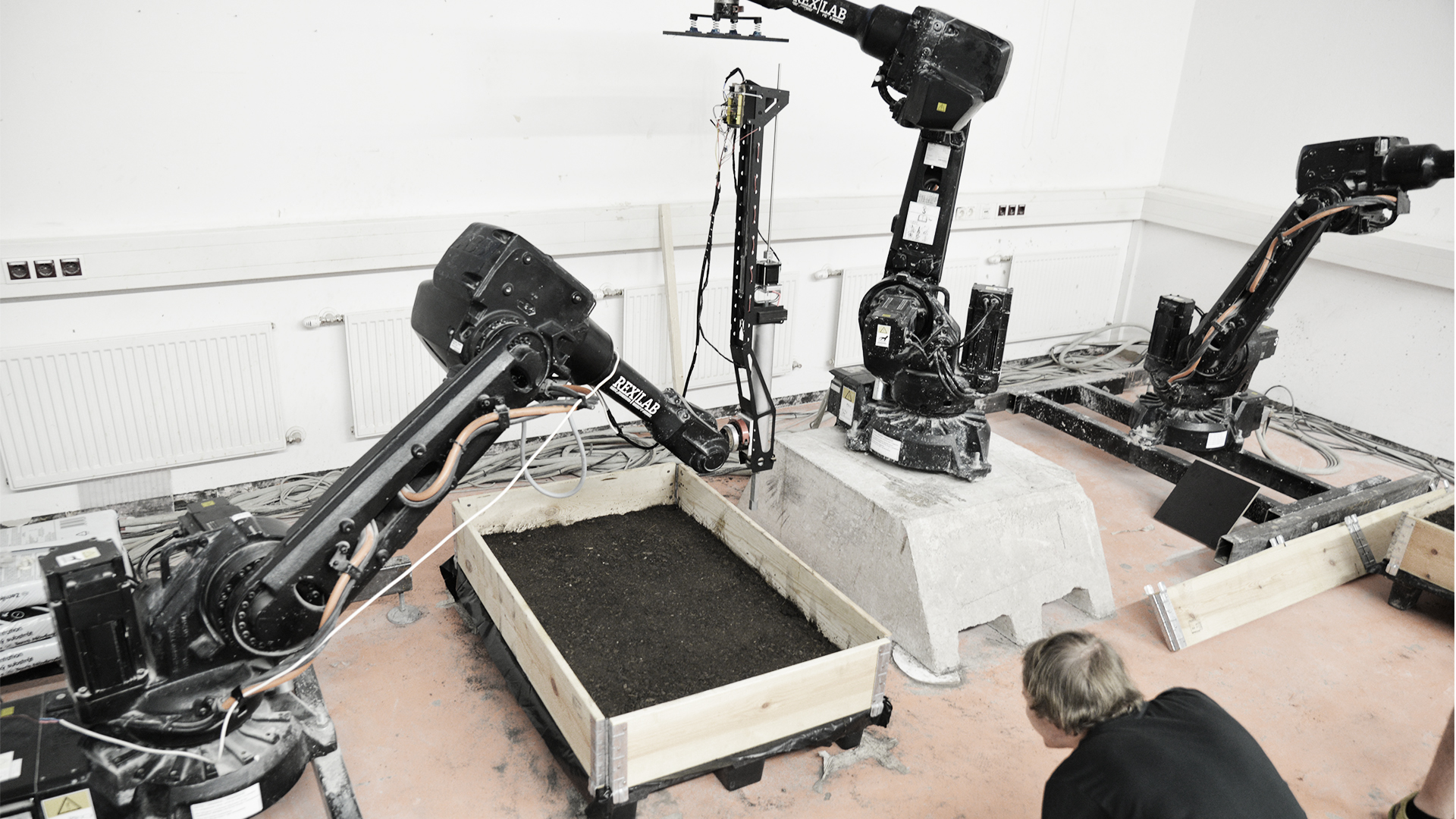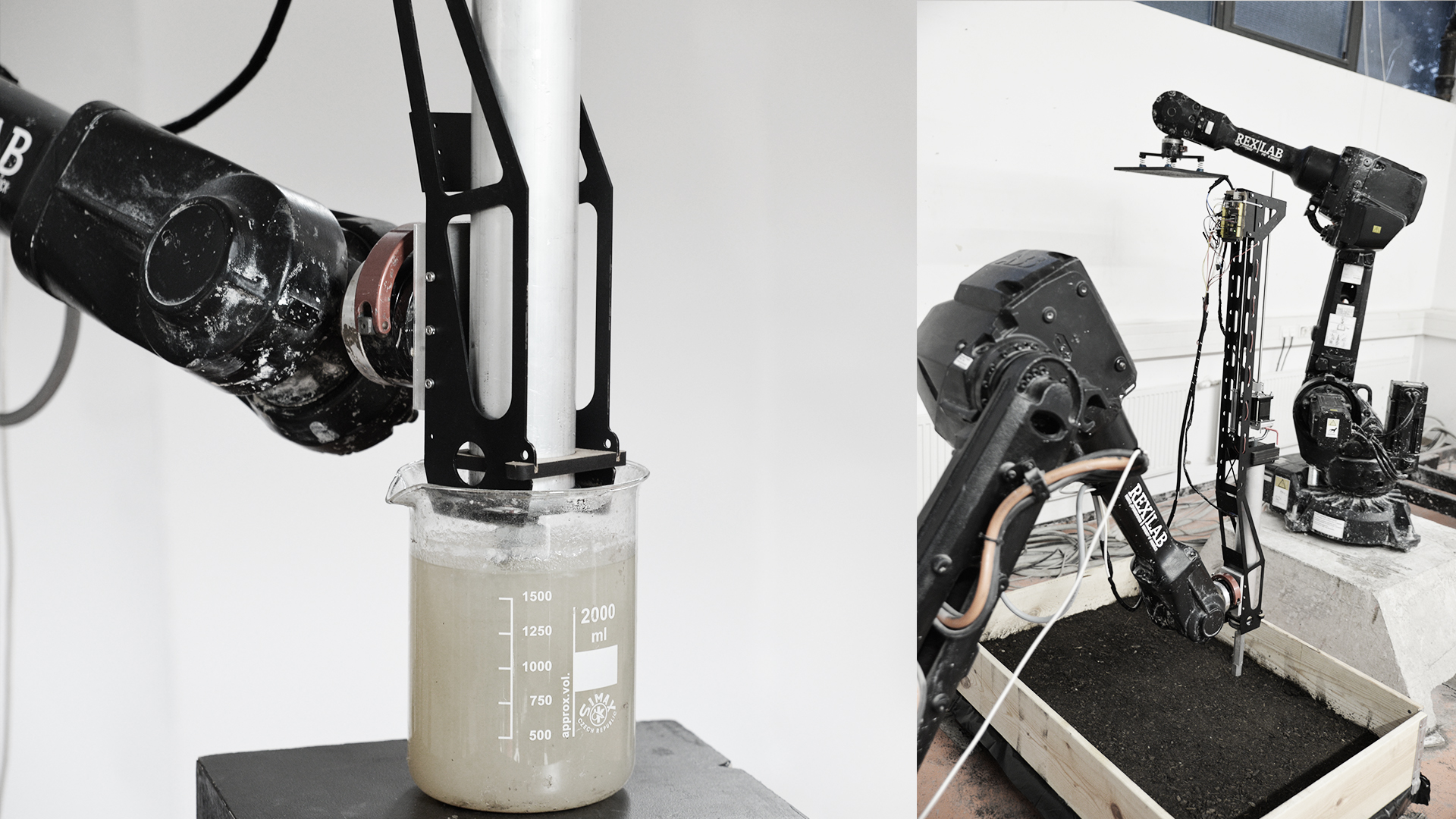---
Abstract
Despite, the innovation of additive manufacturing (AM) technology and in spite of the existence of natural bio-materials offering notable mechanical properties, materials used for AM are not necessarily more sustainable than materials used in traditional manufacturing. Furthermore, potential material savings may be partially overshadowed by the relative toxicity of the material and binders used for AM during fabrication and post fabrication processes, as well as the energy usage necessary for the production and processing workflow. Soil as a building material offers a cheap, sustainable alternative to non-biodegradable material systems and new developments of earth construction show how earthen buildings can create light, progressive and sustainable structures. Nevertheless, existing large-scale earthen construction methods can only produce highly simplified shapes with rough detailing. This research proposes to use robotic additive manufacturing processes to overcome current limitations of constructing with earth, supporting complex three-dimensional geometries and the creation of novel organic composites. More specifically the research focuses on robotic binder-jetting with granular bio-composites and non-toxic binding agents such as hydrogels. This paper is divided into two main sections: (1) biodegradable material system and (2) multi-move robotic process and describes the most crucial fabrication parameters such as compaction pressure, density of binders, deposition strategies and toolpath planning as well as identifying the architectural implications of using this novel biodegradable fabrication process. The combination of soil and hydrogel as building material shows the potential of a fully reversible construction process for architectural components and foresees its potential full-scale architectural implementations.
